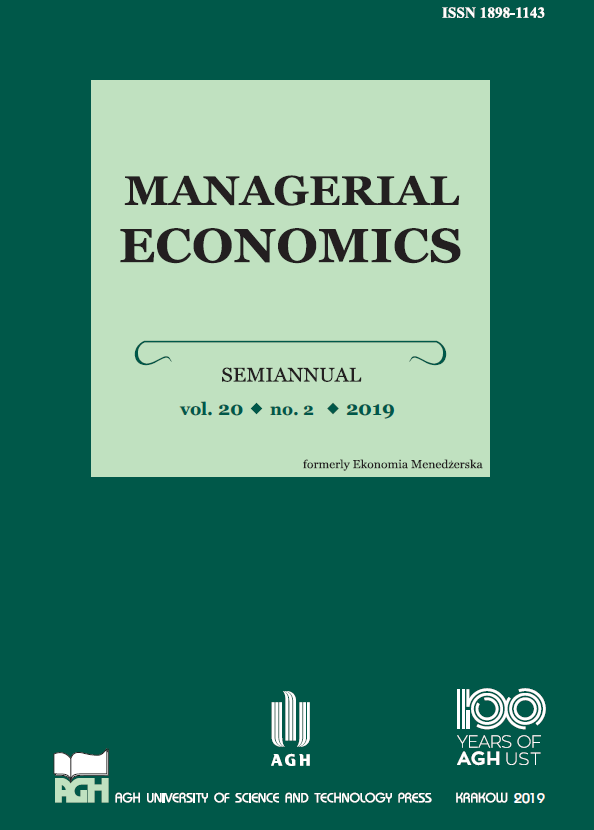Pairs trading with the persistence-based decomposition model
DOI:
https://doi.org/10.7494/manage.2019.20.2.151Abstract
Recently, the persistence-based decomposition (PBD) model has been introduced to the scientific community by Rende et al. (2019). It decomposes a spread time series between two securities into three components capturing infinite, finite, and no shock persistence. The authors provide empirical evidence that the model adopts well to noisy high-frequency data in terms of model fitting and prediction. We put the PBD model to test on a large-scale high-frequency pairs trading application, using S&P 500 minute-by-minute data from 1998 to 2016. After accounting for execution limitations (waiting rule, volume constraints, and short-selling fees) the PBD model yields statistically significant and economically meaningful annual returns after transaction costs of 9.16 percent. These returns can only partially be explained by the exposure to common risk. In addition, the model is superior in terms of risk-return metrics. The model performs very well in bear markets. We quantify the impact of execution limitations on risk and return measures by relaxing backtesting restrictions step-by-step. If no restrictions are imposed, we find annual returns after costs of 138.6 percent.Downloads
Download data is not yet available.
Downloads
Published
2020-05-10
Issue
Section
Articles
License
Download, sign, scan and attach copyright statement form.
How to Cite
Rende, J. (2020). Pairs trading with the persistence-based decomposition model. Managerial Economics, 20(2), 151. https://doi.org/10.7494/manage.2019.20.2.151

